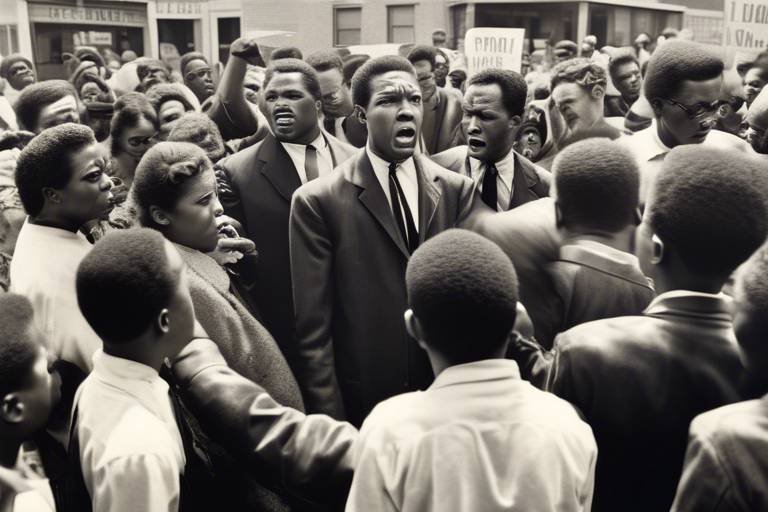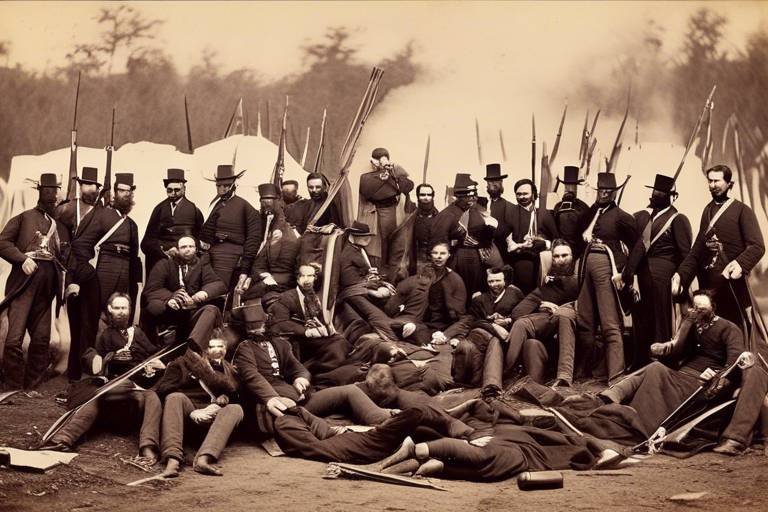The Social Structure of Ancient Rome
Ancient Rome was a society structured with a clear hierarchy that defined the roles and status of its inhabitants. At the top of this social pyramid were the Patricians, the elite class of nobles and wealthy landowners who held political power and enjoyed privileges that set them apart from the rest of society. Beneath them were the Plebeians, the common citizens who made up the majority of the population but had limited rights and resources compared to the Patricians.
Slavery was an integral part of Roman society, with slaves playing a crucial role in the functioning of households, farms, and businesses. These individuals endured harsh living conditions and were tasked with a wide range of responsibilities for their owners, from domestic chores to skilled labor.
Within the realm of slavery, there existed different types of slaves categorized based on their roles and skills. Some worked as household servants, others toiled in the fields as agricultural laborers, while a few showcased specialized talents as artisans. Despite these distinctions, all slaves were considered property and lacked basic rights.
Women in ancient Rome occupied specific roles within the social structure, with their status and opportunities largely determined by their gender. While elite women such as empresses and noblewomen wielded influence behind the scenes and participated in cultural activities, common women primarily focused on domestic duties as wives, mothers, and workers, facing challenges within a patriarchal society.
Class mobility in Roman society was possible but often hindered by various barriers such as social status, wealth accumulation, and political connections. Factors like military service and successful business ventures could elevate individuals or families within the social hierarchy, showcasing the dynamic nature of social strata in ancient Rome.
As we delve into the social structure of ancient Rome, we unravel a complex web of relationships and power dynamics that shaped the lives of its inhabitants. From the lofty heights of the Patricians to the struggles of common Plebeians, each segment of society played a vital role in the functioning of this ancient civilization.
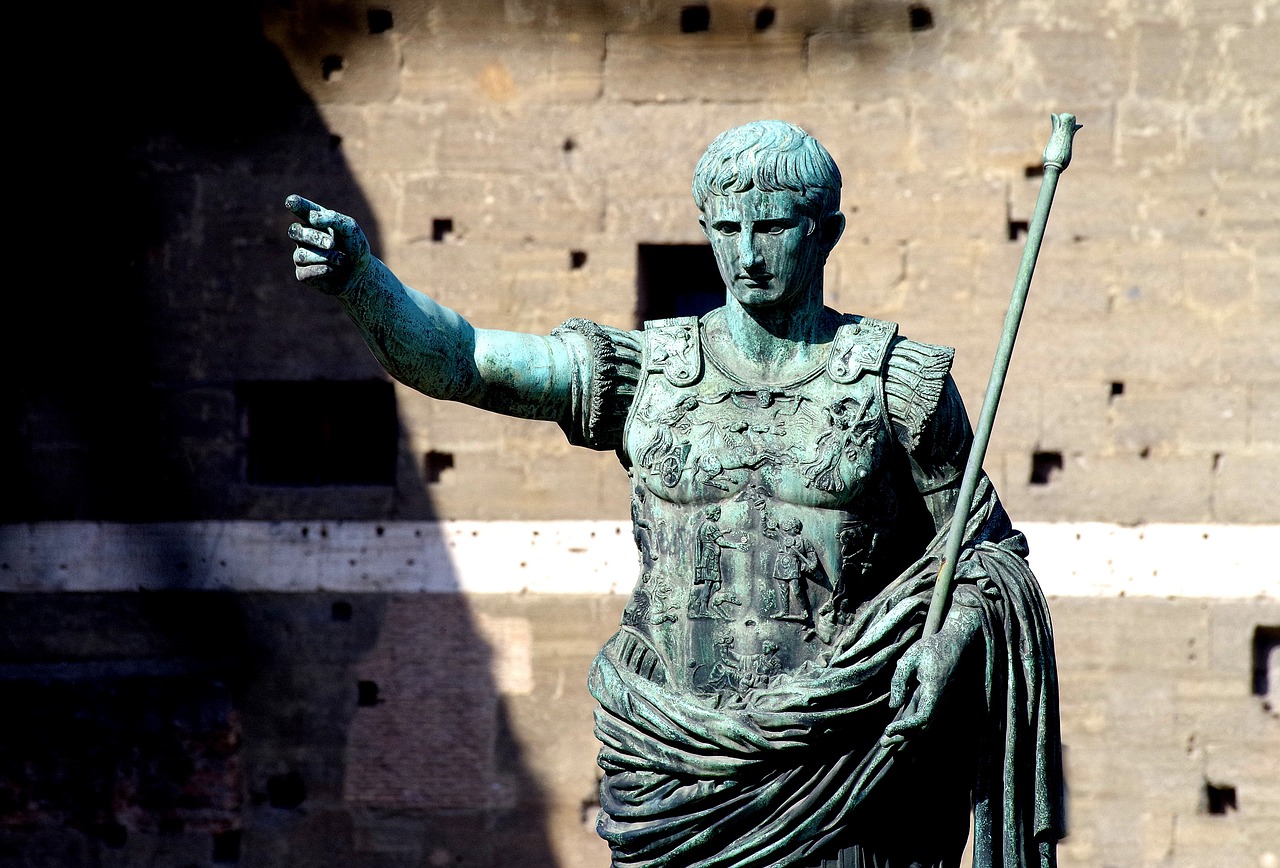
Patricians and Plebeians
Exploring the hierarchical organization of society in ancient Rome, from the elite Patricians to the common Plebeians, and the roles and status of slaves and women within this structure.
Understanding the distinction between the privileged Patrician class, who held political power and wealth, and the Plebeians, who were common citizens with limited rights and resources.
Patricians in ancient Rome were the aristocratic elite, descended from the founding fathers of the city. They held positions of power in the government, served as senators, and controlled vast estates. Their status was hereditary, passed down through generations, and they enjoyed privileges such as attending exclusive events and participating in decision-making processes that shaped society.
On the other hand, Plebeians made up the majority of the population in Rome. They were commoners, craftsmen, farmers, and laborers who had fewer rights and opportunities compared to the Patricians. Plebeians struggled for equality and representation in the government, leading to significant social and political reforms over time.
Examining the integral role of slaves in Roman society, their harsh living conditions, and the various tasks they performed for their owners.
Exploring the different categories of slaves in ancient Rome, such as household slaves, agricultural laborers, and skilled artisans, and how their status varied.
Discussing the societal roles and expectations of women in ancient Rome, including their legal rights, responsibilities within the household, and limited opportunities for education and public life.
Exploring the lives of elite Roman women, such as empresses and noblewomen, who wielded influence behind the scenes and participated in cultural and social activities.
Examining the daily lives of common women in ancient Rome, including their roles as wives, mothers, and workers, and the challenges they faced in a patriarchal society.
Analyzing the potential for upward mobility in Roman society, the barriers to social advancement, and the factors that could elevate individuals or families within the social hierarchy.
Exploring how factors like wealth accumulation, military service, and political connections could influence an individual's social status and opportunities for advancement in ancient Rome.
1. What were the main differences between Patricians and Plebeians in ancient Rome?
2. How did slavery contribute to the economy and daily life in Roman society?
3. What roles did women play in different social classes in ancient Rome?
4. Were there any opportunities for social mobility in ancient Roman society?
5. How did factors like wealth and political influence shape social status in ancient Rome?

Slavery in Ancient Rome
In ancient Rome, slavery played a crucial role in the functioning of society, with slaves being an integral part of the economy and daily life. These individuals, considered property rather than people, were subjected to harsh living conditions and performed a wide range of tasks for their owners.
There were different categories of slaves in ancient Rome, each with specific roles and responsibilities. Household slaves, for example, worked in the homes of their owners, performing domestic duties and serving their masters. Agricultural laborers toiled in the fields, contributing to the agricultural productivity of the empire. Skilled artisans, on the other hand, utilized their talents in various crafts and trades, adding value to the Roman economy.
The status of slaves varied based on their skill set, the nature of their work, and the preferences of their owners. While some slaves enjoyed relatively better treatment and opportunities for advancement, many others faced exploitation, abuse, and limited prospects for freedom.
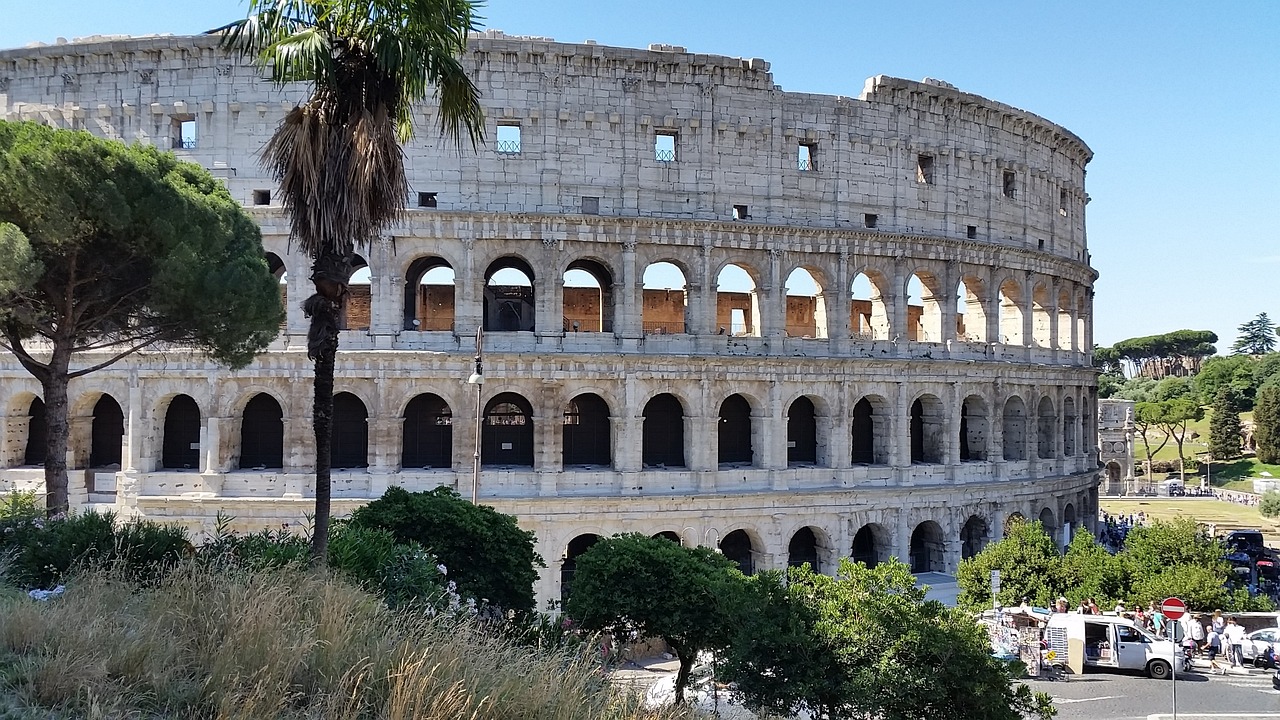
Types of Slaves
Exploring the hierarchical organization of society in ancient Rome, from the elite Patricians to the common Plebeians, and the roles and status of slaves and women within this structure.
Understanding the distinction between the privileged Patrician class, who held political power and wealth, and the Plebeians, who were common citizens with limited rights and resources.
Examining the integral role of slaves in Roman society, their harsh living conditions, and the various tasks they performed for their owners.
In ancient Rome, slaves were categorized into different types based on their roles and responsibilities. Household slaves were primarily tasked with domestic chores, serving their masters in their residences. Agricultural laborers toiled in the fields, working under harsh conditions to produce crops for their owners. Skilled artisans, on the other hand, utilized their expertise in various crafts and trades, contributing to the economic activities of their masters. The status of slaves varied depending on their skills, with some having more privileges and autonomy than others.
Discussing the societal roles and expectations of women in ancient Rome, including their legal rights, responsibilities within the household, and limited opportunities for education and public life.
Exploring the lives of elite Roman women, such as empresses and noblewomen, who wielded influence behind the scenes and participated in cultural and social activities.
Examining the daily lives of common women in ancient Rome, including their roles as wives, mothers, and workers, and the challenges they faced in a patriarchal society.
Analyzing the potential for upward mobility in Roman society, the barriers to social advancement, and the factors that could elevate individuals or families within the social hierarchy.
Exploring how factors like wealth accumulation, military service, and political connections could influence an individual's social status and opportunities for advancement in ancient Rome.

Women in Roman Society
Exploring the hierarchical organization of society in ancient Rome, from the elite Patricians to the common Plebeians, and the roles and status of slaves and women within this structure.
Understanding the distinction between the privileged Patrician class, who held political power and wealth, and the Plebeians, who were common citizens with limited rights and resources.
Examining the integral role of slaves in Roman society, their harsh living conditions, and the various tasks they performed for their owners.
Exploring the different categories of slaves in ancient Rome, such as household slaves, agricultural laborers, and skilled artisans, and how their status varied.
Discussing the societal roles and expectations of women in ancient Rome, including their legal rights, responsibilities within the household, and limited opportunities for education and public life.
Exploring the lives of elite Roman women, such as empresses and noblewomen, who wielded influence behind the scenes and participated in cultural and social activities.
Examining the daily lives of common women in ancient Rome, including their roles as wives, mothers, and workers, and the challenges they faced in a patriarchal society.
Analyzing the potential for upward mobility in Roman society, the barriers to social advancement, and the factors that could elevate individuals or families within the social hierarchy.
Exploring how factors like wealth accumulation, military service, and political connections could influence an individual's social status and opportunities for advancement in ancient Rome.
In ancient Rome, women occupied a complex and multifaceted role within society. While they were not granted the same legal rights and privileges as men, women played crucial roles in various aspects of Roman life. From managing households to participating in religious ceremonies, women's contributions were significant despite the limitations imposed on them by the patriarchal structure of Roman society.
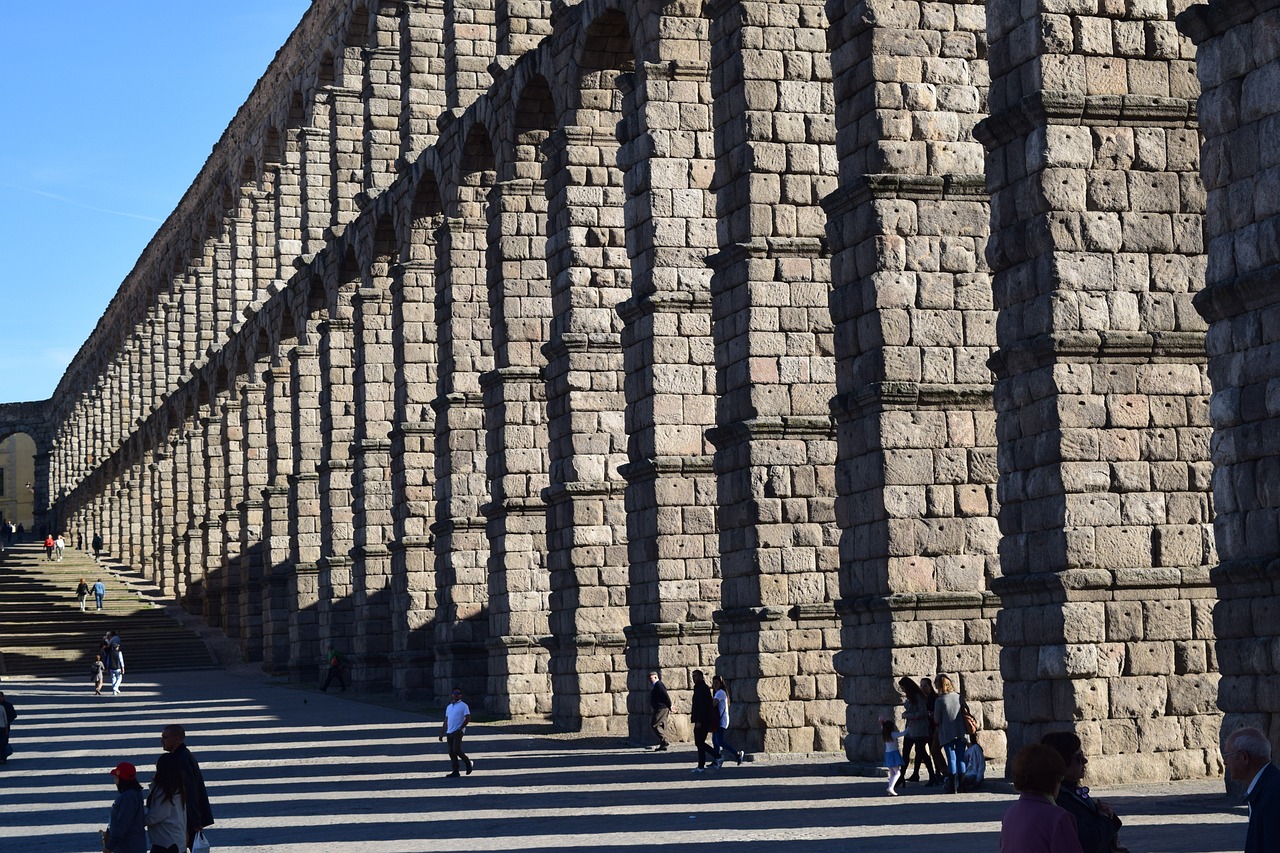
Elite Women
Elite women in ancient Rome held a unique position in society, often wielding significant influence behind the scenes despite their limited public roles. These women, including empresses and noblewomen, played crucial roles in shaping cultural and social activities within the elite circles of Roman society. They were well-educated and well-connected, allowing them to participate in intellectual discussions, patronize the arts, and influence political decisions through their relationships and connections.

Common Women
Common women in ancient Rome played essential roles in maintaining households, raising children, and supporting their families. These women, often from lower social classes, were primarily responsible for domestic duties such as cooking, cleaning, and childcare. Unlike elite women who had more freedom and influence, common women had limited opportunities for education and involvement in public life.
Despite their significant contributions to the family and society, common women faced numerous challenges in a patriarchal society where men held primary authority. Their status was closely tied to their roles as wives and mothers, with societal expectations dictating their behavior and responsibilities. Common women had little autonomy and were expected to prioritize their families' needs above their own.
In addition to their domestic duties, common women often engaged in various forms of work to support their families financially. Some worked as servants in wealthy households, while others took on roles as seamstresses, laundresses, or vendors in the marketplace. These women had to balance their work responsibilities with their household duties, showcasing their resilience and dedication.
While common women lacked the social status and privileges enjoyed by elite women and men, they formed the backbone of Roman society, contributing to its functioning and stability. Their resilience in the face of adversity, their dedication to their families, and their ability to navigate the constraints of their society are testaments to the strength and resourcefulness of common women in ancient Rome.
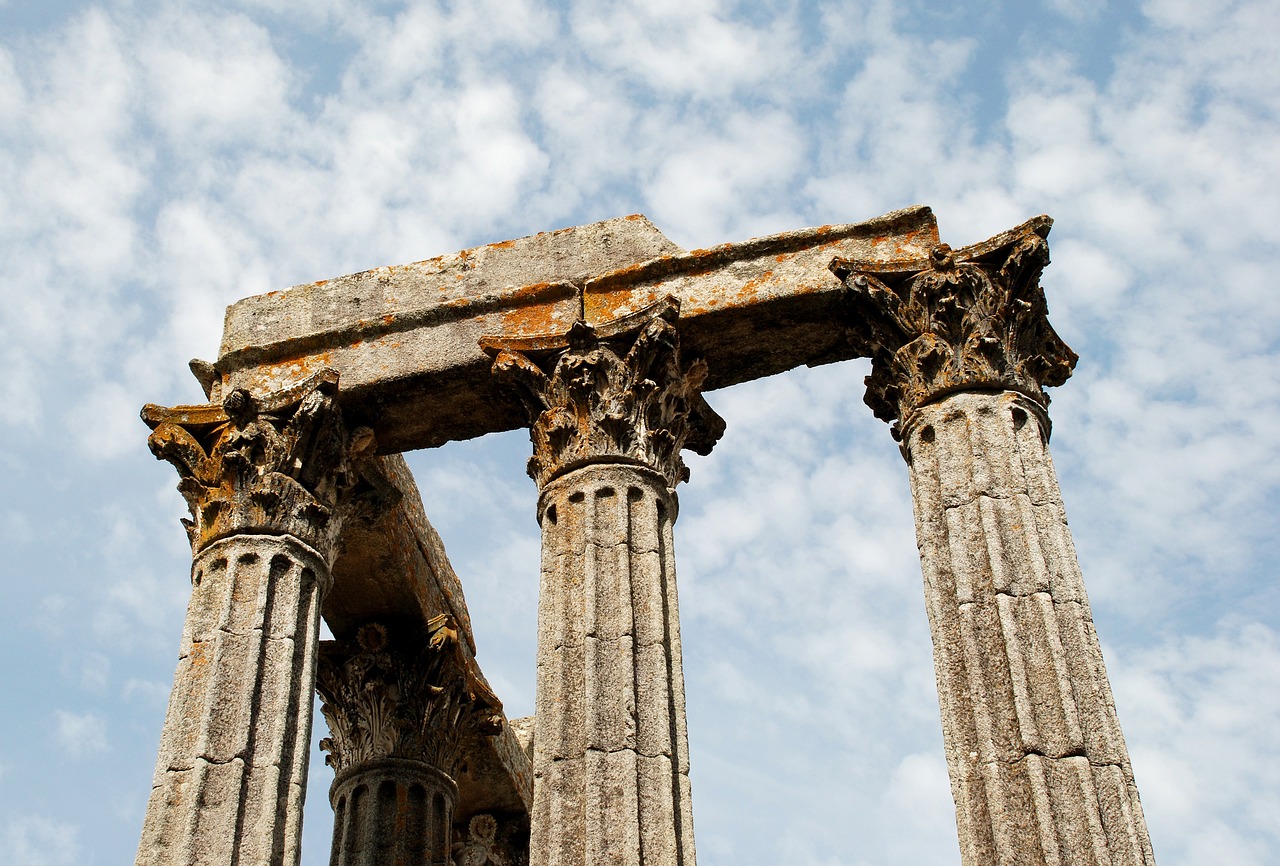
Class Mobility and Social Strata
Exploring the hierarchical organization of society in ancient Rome, from the elite Patricians to the common Plebeians, and the roles and status of slaves and women within this structure.
Understanding the distinction between the privileged Patrician class, who held political power and wealth, and the Plebeians, who were common citizens with limited rights and resources.
Examining the integral role of slaves in Roman society, their harsh living conditions, and the various tasks they performed for their owners.
Exploring the different categories of slaves in ancient Rome, such as household slaves, agricultural laborers, and skilled artisans, and how their status varied.
Discussing the societal roles and expectations of women in ancient Rome, including their legal rights, responsibilities within the household, and limited opportunities for education and public life.
Exploring the lives of elite Roman women, such as empresses and noblewomen, who wielded influence behind the scenes and participated in cultural and social activities.
Examining the daily lives of common women in ancient Rome, including their roles as wives, mothers, and workers, and the challenges they faced in a patriarchal society.
Analyzing the potential for upward mobility in Roman society, the barriers to social advancement, and the factors that could elevate individuals or families within the social hierarchy.
Exploring how factors like wealth accumulation, military service, and political connections could influence an individual's social status and opportunities for advancement in ancient Rome.
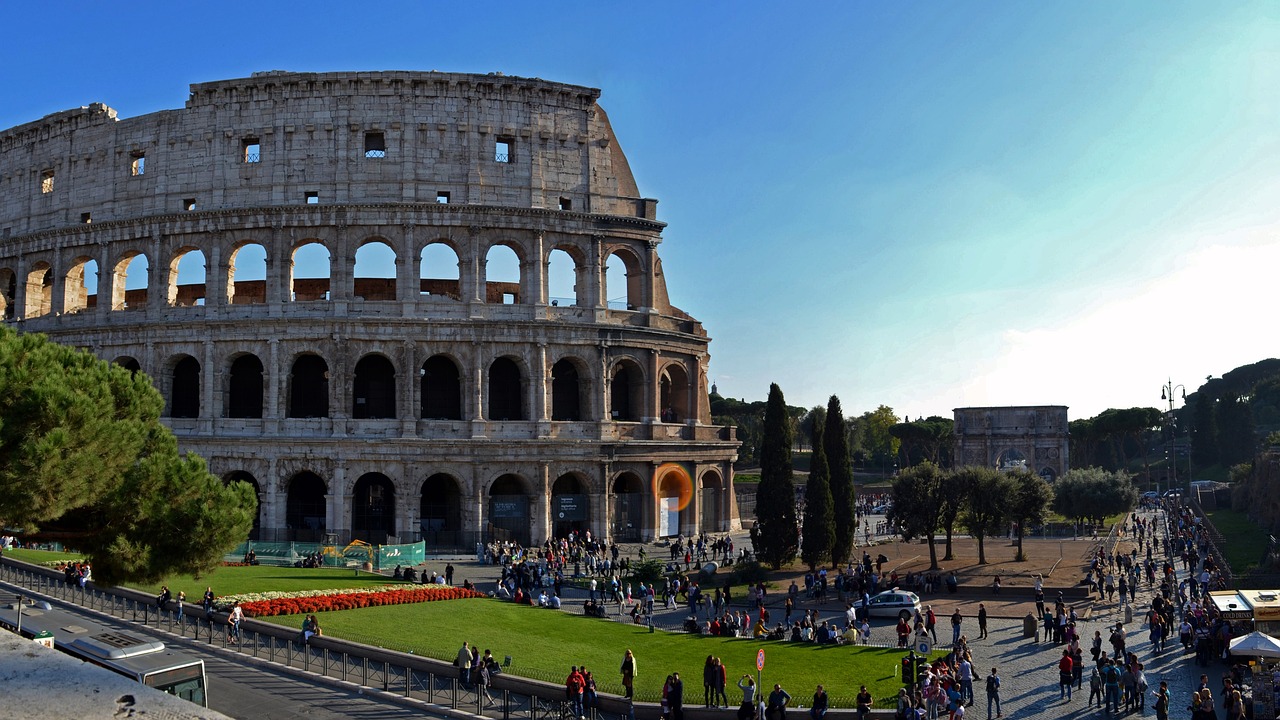
Changing Dynamics
Within the intricate social structure of ancient Rome, the dynamics of status and power were not static but subject to change and evolution. Various factors played a crucial role in shaping the social mobility of individuals and families within Roman society. One of the primary drivers of change was the accumulation of wealth, as those who amassed riches could elevate their status and influence. Additionally, military service offered a pathway for individuals to gain recognition and climb the social ladder, especially through acts of valor and loyalty to the state.
Political connections also played a significant role in determining one's social standing in ancient Rome. Aligning oneself with influential figures and securing support from powerful patrons could open doors to opportunities for advancement and access to higher echelons of society. The intricate web of political alliances and affiliations often dictated the trajectory of individuals within the social strata, with those skilled in navigating these networks able to leverage them for personal gain.
Moreover, the ever-changing landscape of Roman society meant that individuals had to adapt to shifting power dynamics and societal norms to thrive. Flexibility and strategic maneuvering were essential qualities for those seeking to improve their social status, as the tides of fortune could swiftly change based on political developments, economic fluctuations, and cultural shifts.
Frequently Asked Questions
- What were the main social classes in ancient Rome?
In ancient Rome, the main social classes were the Patricians, who were the elite and privileged class with political power, and the Plebeians, who were common citizens with fewer rights and resources.
- What roles did slaves play in Roman society?
Slaves in ancient Rome had various roles, including household tasks, agricultural labor, and skilled artisan work. They were an integral part of the economy and daily life, often facing harsh conditions and limited rights.
- How were women treated in ancient Roman society?
Women in ancient Rome had limited legal rights and opportunities for education and public life. Elite women, such as empresses, had more influence and societal power compared to common women, who primarily focused on domestic responsibilities.
- Was there any social mobility in ancient Rome?
Ancient Rome offered some potential for social mobility, with factors like wealth accumulation, military service, and political connections influencing one's social status. However, barriers to advancement existed within the hierarchical social structure.








